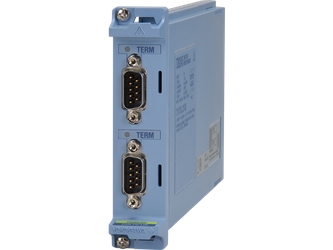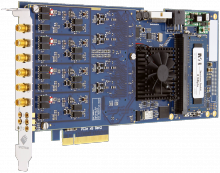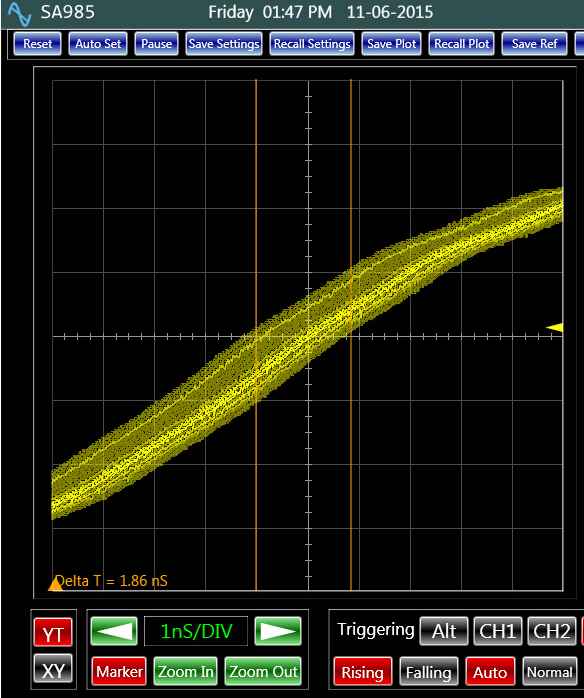 20. March 2023 - Yokogawa released the 720245 CAN FD/LIN monitor module for development and evaluation of automobiles, trucks, and vessels. The CAN FD/LIN monitor module can be used to decode the CAN FD or LIN-Bus signals and display information on physical data like engine temperature, vehicle speed and brake-pedal position as analog waveforms and compare this with the data coming from real sensors.
20. March 2023 - Yokogawa released the 720245 CAN FD/LIN monitor module for development and evaluation of automobiles, trucks, and vessels. The CAN FD/LIN monitor module can be used to decode the CAN FD or LIN-Bus signals and display information on physical data like engine temperature, vehicle speed and brake-pedal position as analog waveforms and compare this with the data coming from real sensors.
The 720245 CAN FD/LIN monitor module was designed for the DL950 ScopeCorder (/VCE option) and the DL350 Portable ScopeCorder (/VE option - Vehicle Edition only).
Features:
- CAN/CAN FD and LIN can be switched in one module.
- CAN/CAN FD × 2ports, CAN/CAN FD × 1 port & LIN ×1 port, LIN × 2 ports
- Simultaneous monitoring of up to 120 signals (60 signals/port)
- SAE J1939 PGN setting values can be selected and monitored
- Supports Multiplexing (extended multiplexer limited to the 2nd Byte)
- One-shot output of frames at arbitrary timing
- Existing in-vehicle network definition files can be used with the free software SymbolEditor
https://tmi.yokogawa.com/

 How to resolve AdBlock issue?
How to resolve AdBlock issue?  Can a digitizer be used as an oscilloscope? What is the difference between an oscilloscope and a digitizer? Should I better use a digitizer or an oscilloscope in my next application? These are interesting questions and the best way to start to answer these is the look up the dictionary definition of an oscilloscope: "An electronic instrument used to measure changing electric voltages. It displays the waveforms of electric oscillations on a screen."
Can a digitizer be used as an oscilloscope? What is the difference between an oscilloscope and a digitizer? Should I better use a digitizer or an oscilloscope in my next application? These are interesting questions and the best way to start to answer these is the look up the dictionary definition of an oscilloscope: "An electronic instrument used to measure changing electric voltages. It displays the waveforms of electric oscillations on a screen." Often clock jitter induced from the power supply noise, signal routings, or other signals severely degrade the performance of the system. Clock generation and distribution in a FPGA for a high speed analog application is particularly prone to these issues. They manifest themselves in phase noise or clock jitter, which is the random variation of the period of a signal over time. Clearly, optimization of the design requires verification of the integrity of such clocks.
Often clock jitter induced from the power supply noise, signal routings, or other signals severely degrade the performance of the system. Clock generation and distribution in a FPGA for a high speed analog application is particularly prone to these issues. They manifest themselves in phase noise or clock jitter, which is the random variation of the period of a signal over time. Clearly, optimization of the design requires verification of the integrity of such clocks.